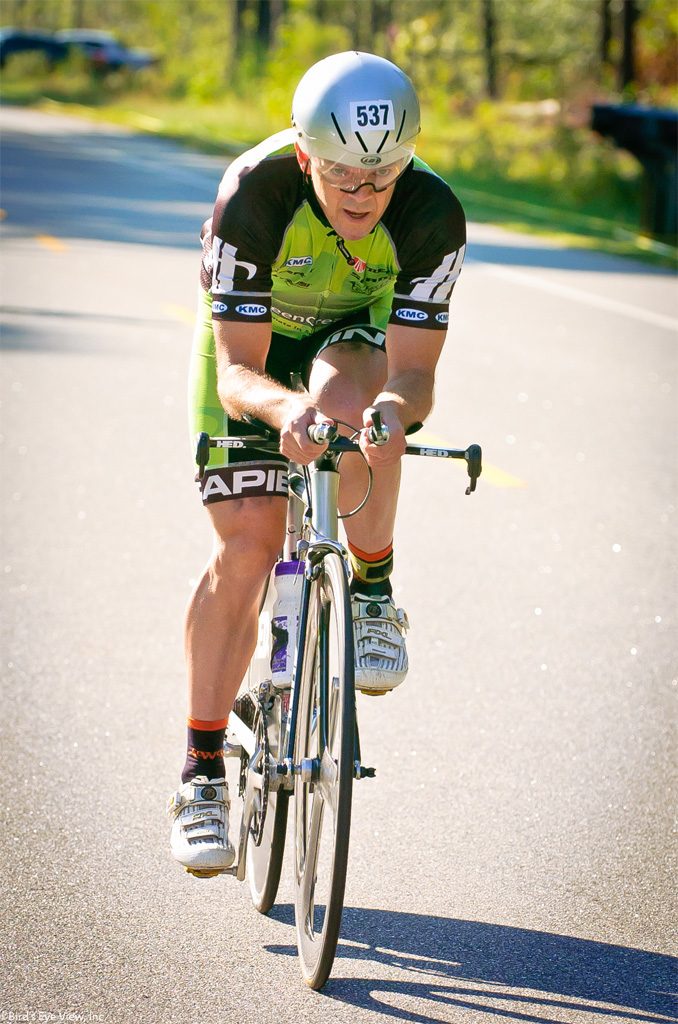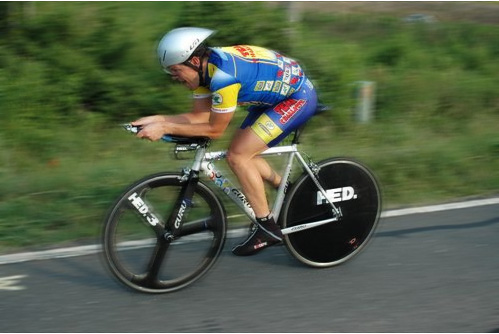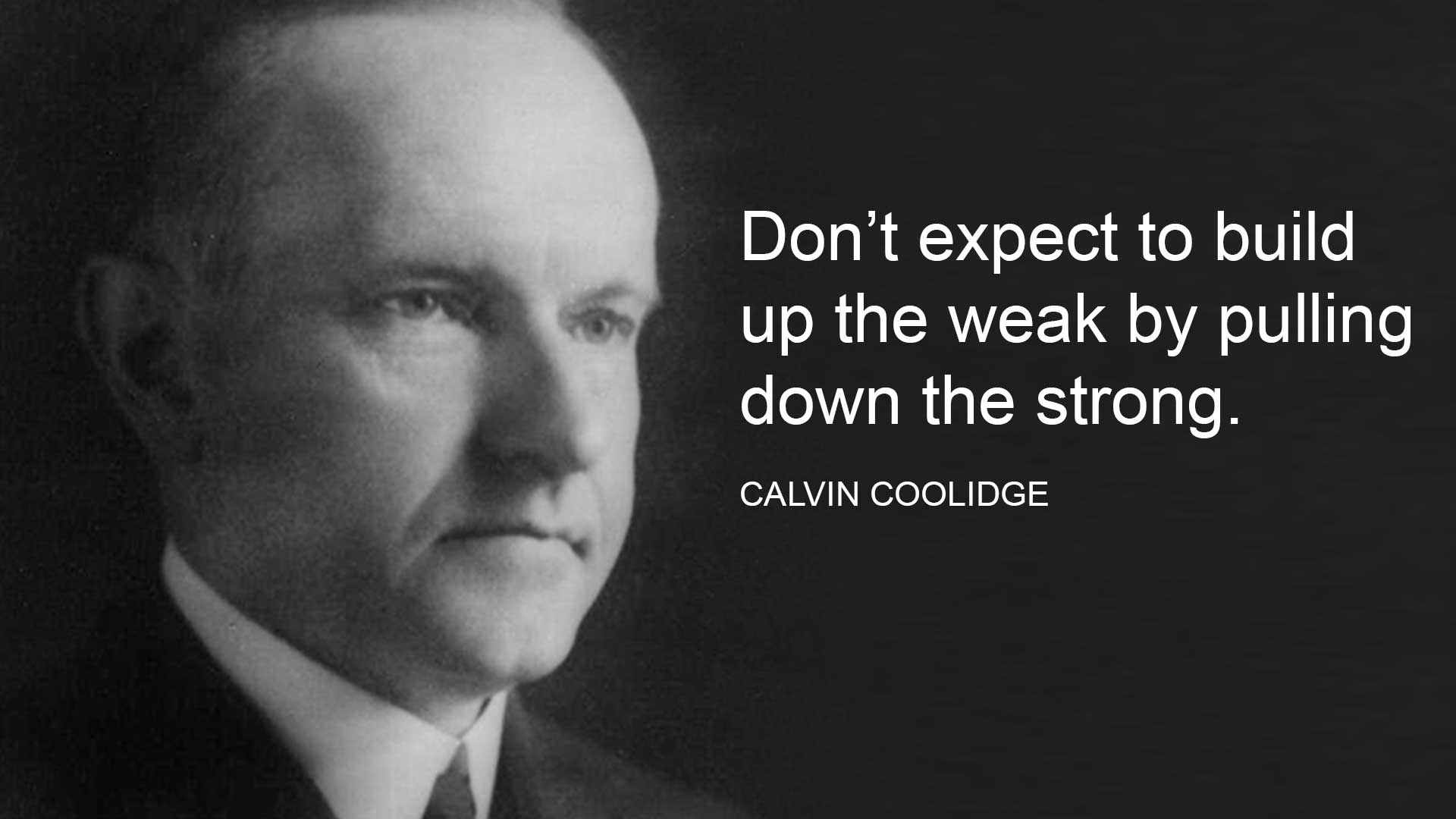I had a good ride tonight [06-28-2006], stopping the clock at 21:51 and breaking my personal record by 11 sec, even though there was a light headwind on the front straight. [I later set a PR of 20:50.] That’s good for me but not nearly as good as some…
I spoke to Chris Harkey of Hincapie-Bianchi and, from unofficial timers, it looks like he clocked 19:08, a new track record! the previous record was held by Pat McCallion, World Master’s Time Trial Champion, so that’s some feat! Chris averaged a mind boggling 31.32 mph for 10 miles. Wow.
And now, what is this TT thing I keep talking about? Well, it’s a cycling time trial, otherwise known as “the race of truth” because it’s just you against the clock. The one I participate in is organized by the Carolina Cycling Time Trial Association and is held at Lowes Motor Speedway. For more information see their fantastic website: carolinatt.org.

The Time Trial: “Race of Truth”
In a time trial the winner is the person who takes the least time to cover a given distance. Riders start individually and the clock starts ticking as you leave the line. Racers generally ride dedicated TT bikes which are very different to your average racing bike. On a TT bike everything is sacrificed for straight line speed, even weight and handling are low priorities. This is possible because TT courses are generally flat and not too technical, though this isn’t always the case.
In a time trial you’re on your own, you, your heartbeat and the clock. There’s no teammates to help you, there’s no drafting, you’re naked, exposed and alone, it’s down to you whether you sink or swim. At the CCTTA TT, racers go out at 15 sec intervals from the pitlane, standing start (an official holds your seat while you stand on the pedals ready to launch as the start official counts you down, “3, 2, 1, go!”
On the one hand, TT’s are very simple, there’s no real tactics, you don’t have to determine whether or not to attack, whether to chase down the break or not, or concern yourself about which teams and riders are the big threats that need to be covered. You just go as hard as you can for the entire distance (Lowes TT is 10 miles).
On the other hand TT’s are very difficult because you have to “redline” it the whole way. You have to know your body very well, what is your lactic threshold? What is the maximum heart rate you can maintain for 10 miles? If you raise your heartbeat 2 beats to 182 bpm will you blow? It comes down to suffering as much as you can for the entire distance, forcing yourself to maintain the lung-scorching, leg-burning pace for the 20 min or so that it takes for you to stop the clock at the end of 10 miles.
Because time trials are typically won and lost by a matter of seconds or even split seconds, any number of lapses, physical and mental, can destroy your chances of a win or a podium finish. A moment of hesitation, a second of weakness, going too wide while overtaking someone, a slipped chain, could spell the difference between win or lose, podium or pathetic, a new personal record or a regret at not having kicked up your finishing drive for the line a few seconds earlier.
That’s time trialing.
The good and bad thing about the CCTTA TT at Lowes is that it is open to everyone, young and old, slow or fast, which means that there is a wide range of abilities out on the track at any given time. The bad thing about the TT is that there’s a wide range of abilities out on the track at any given time. You can be going down the back straight at 32 mph and come up on a bike doing 20.
Did I mention TT bikes don’t handle very well? And when you’re in aero with your arms extended, there’s no brakes and your ability to steer is virtually nil. Thus it’s a good idea to play it safe and go wide around the traffic, even though it’s frustrating when you’re on one of the turns.
Time Trial Bikes
Time trial bikes are beautiful machines, high tech, sleek, committed. They are dedicated to one thing: speed.


